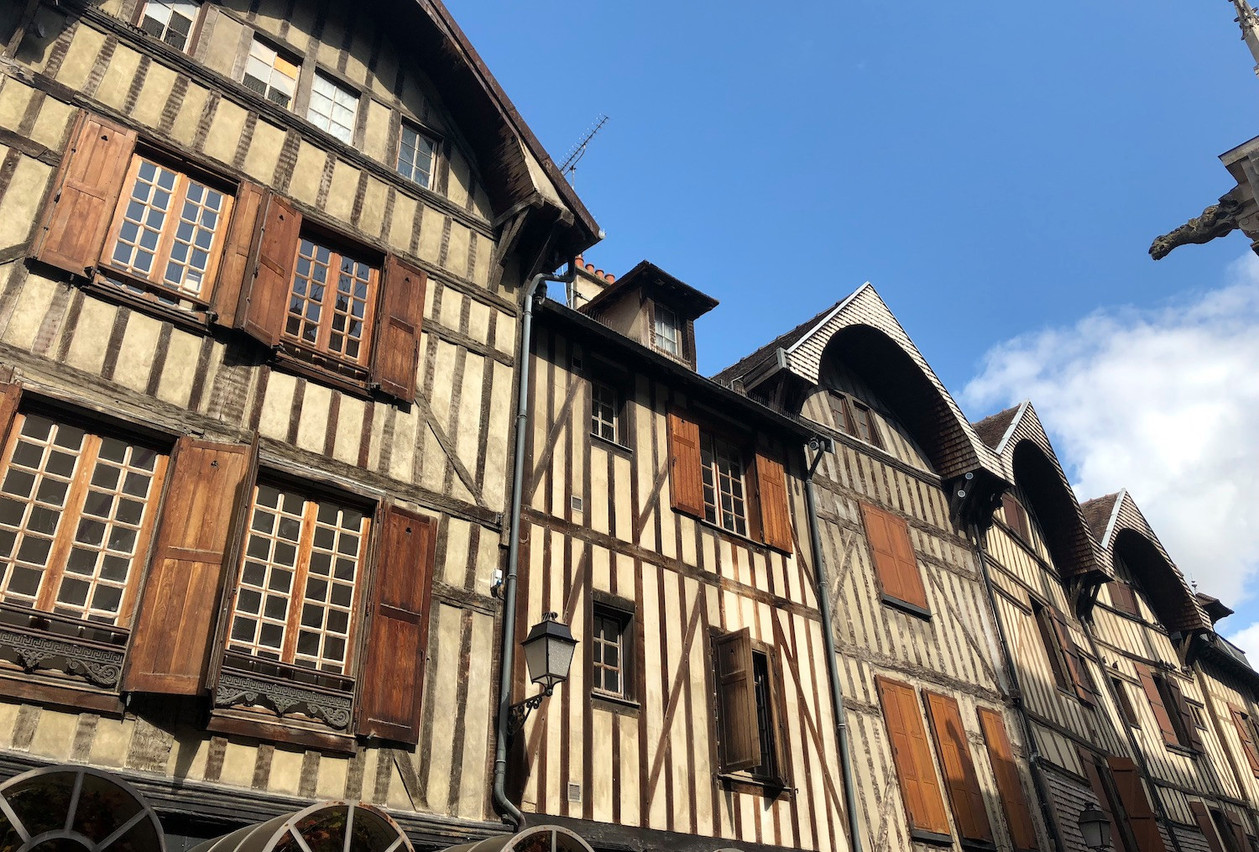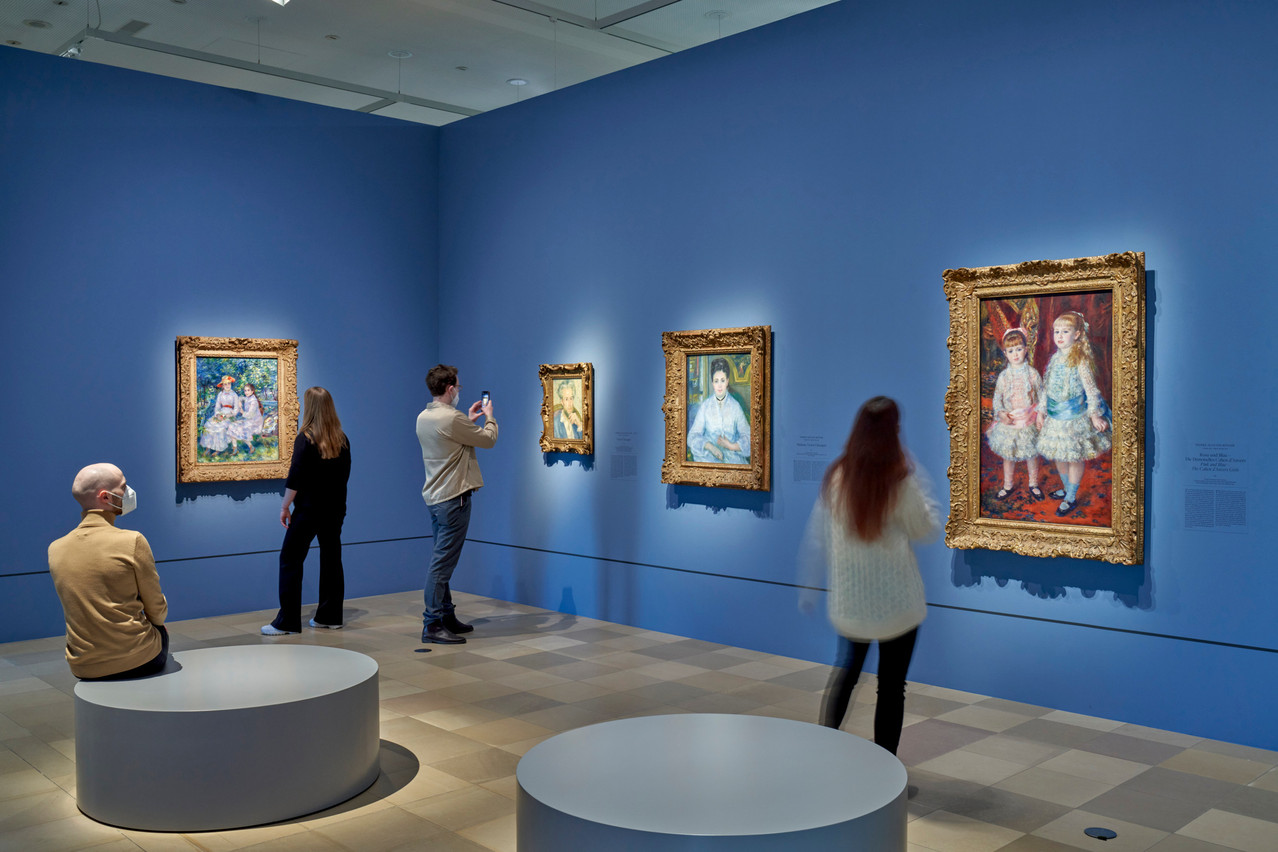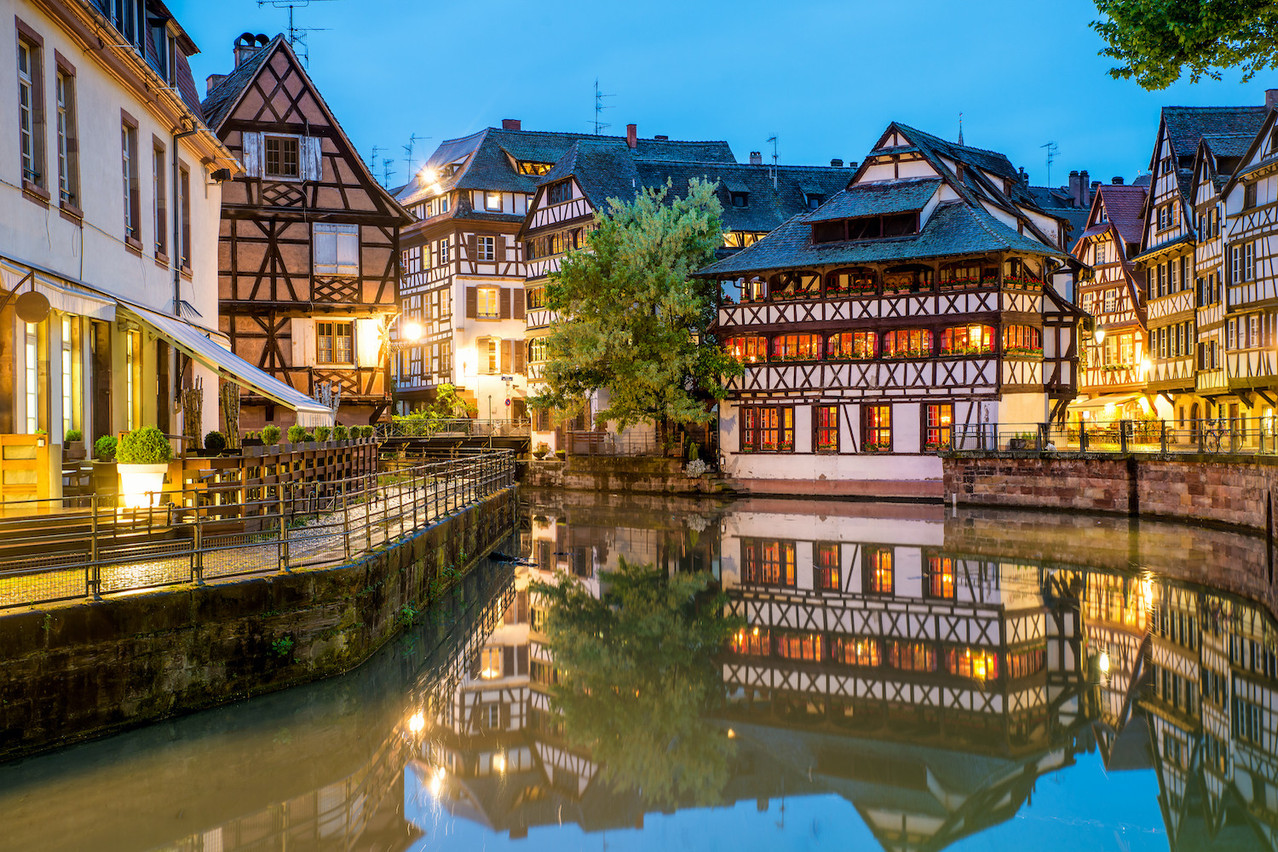Belgium
Breathe Belgian sea air
The Belgian coast is long a popular holiday destination for people from Luxembourg and the Easter weekend will be no exception. Blankenberge, Knokke-Heist, Ostend, De Haan and De Panne are scattered along the coast, offering sandy beaches and different types of accommodation and attractions, depending on budget and availability. The historic city of Bruges isn’t far in case the North Sea doesn’t hold enough appeal for a long weekend.
How to get there: The journey takes just under four hours by car, depending on the village you settle on. The Blankenberge Express, a direct train between Luxembourg and the coastal village, does not currently operate, making train journeys to the coast somewhat arduous as it involves the three-hour journey to Brussels and switching from there.
History around Ypres
Belgium was one of WW1’s central battlefields and the area around Ypres hosts numerous museums, including the award-winning . Visitors follow the story of four individuals to make the history of WW1 come alive. There is currently a temporary exhibition on the Great War in the Middle East.

The In Flanders Field Museum offers a large collection of WW1 material with visitors following individual stories to learn about the war Photo: In Flanders Field Museum
Elsewhere in the region, there is also the Memorial Museum Passchendaele 1917 in Zonnebeke, with the British military’s largest military cemetary--Tyne Cot--located in Passendaele. At the Sanctuary Wood Museum in Zillbeke visitors can wander a British trench system. The only remaining original section of Belgian army trenches can be visited at the Trench of Death centre in Ijzerdijk. For more details on travelling to Flanders, visit the region’s .
How to get there: Similar to the Belgian coast, travelling to Flanders by train is a bit of a journey. A trip to Ypres--by car just under four hours--takes between six and seven hours by train.
France
Sip champers in Champagne
Reims--the champagne capital of France--is around a 2.5-hour drive from Luxembourg. It boasts an impressive cathedral as well as numerous prestigious “caves” that are open for visitors, such as Taittinger and Veuve Cliquot. Reims is also where the unconditional surrender of the German Third Reich was signed on 7 May 1945. The agreement was signed again in Berlin a day later to include the Soviet allies in the proceedings but the Musée de la Reddition is dedicated to the Nazi surrender and this largely forgotten day.
For a more medieval feel, head to Troyes, which charms with an old town filled with wonky wooden houses, quaint shops and plenty of places to tuck into local delicacies.
How to get there: Reims and Troyes are both reachable by train, with journeys taking between three and four hours. To go winery hopping in the region, a car with a sober driver is advised.

Medieval houses in Troyes Photo: Delano.lu
All about Alsace
Another French region that has lots to offer is Alsace. Head to Strasbourg to see the famous cathedral, a masterpiece of Gothic art that was completed in 1439. The reddish-brown sandstone from the region gives it a distinct colour. And it is famous for its 14-metre rose window. The cathedral--also known as the Strasbourg Minster--overlooks the Petite France district, full of cobbled streets, picturesque canals and half-timber houses.
Further south, the cities of Colmar and Mulhouse offer similarly quaint views. A little less well-known is Eguisheim, a medieval village regularly ranked as one of the most beautiful village in France. The city was built in concentric circles around the central castle and is also considered the birthplace of the Alsatian vineyards. Cheers!
For more information about what to do in Alsace, check out the .
How to get there: Strasbourg and Colmar are accessible by train from Luxembourg, with a TGV connection that takes around two hours as well as numerous regional connections that will take a bit longer. By car, Strasbourg is around three hours. Add another 30 minutes for Colmar.
Germany
Fine art in Frankfurt
Frankfurt is known as Germany’s financial hub, but the city has more to offer. The Städel Museum currently has exhibitions for classic and contemporary art lovers alike. Pierre-Auguste Renoir takes centre stage in a show until 19 June, looking at the painter’s work as a revival of the French Rococo tradition, fashionable a century before the Impressionist.
In the same museum, “Into the New” is dedicated to US art, featuring sketches and other works on paper by artists including Jackson Pollock, Jasper Johns and Louise Bourgeois. Book tickets in advance on the to avoid disappointment.
While you’re in Frankfurt, try some traditional apple wine and indulge in some of the many regional delicacies, such as green sauce, a cold condiment on a mayonnaise or yoghurt base full of garden herbs, served with a variety of dishes but often boiled potatoes and eggs.
How to get there: Frankfurt is around three hours by car from Luxembourg. By train, the journey takes roughly an hour longer, depending on the connection, with one of the easiest trips going by bus to Saarbrücken and catching the train from there. For details, visit

The Städel Museum is showing an exhibition on Renoir Photo: Norbert Miguletz
Outdoors in the Eifel
Germany’s Eifel is a hiker’s paradise, offering numerous trails. Dotted across the region are castles, ruins and historic cities. Aachen is probably the most well-known, but Monschau is a good alternative, full of half-timbered houses. For a bit of spice, visit the mustard mill. A trail around Monschau leads through the Perlenbach and Fuhrtsbachtal valleys, which this time of year are in full bloom with daffodils.
The castle in Satzvey, around 50 minutes from Monschau, is hosting a family friendly Easter market on 17 and 18 April. Nearer to Luxembourg, the Daun animal park is another family friendly destination to view local species and get moving at a large playground.
How to get there: The Eifel is easiest to go by car, especially if you’re planning on bouncing between different destinations. Find everything the German Eifel has to offer on a to the region.
